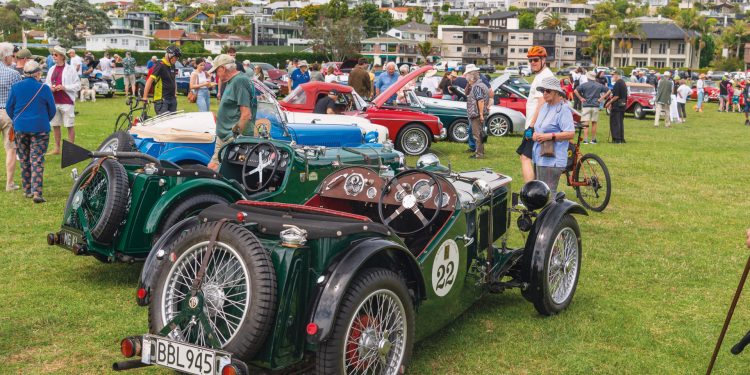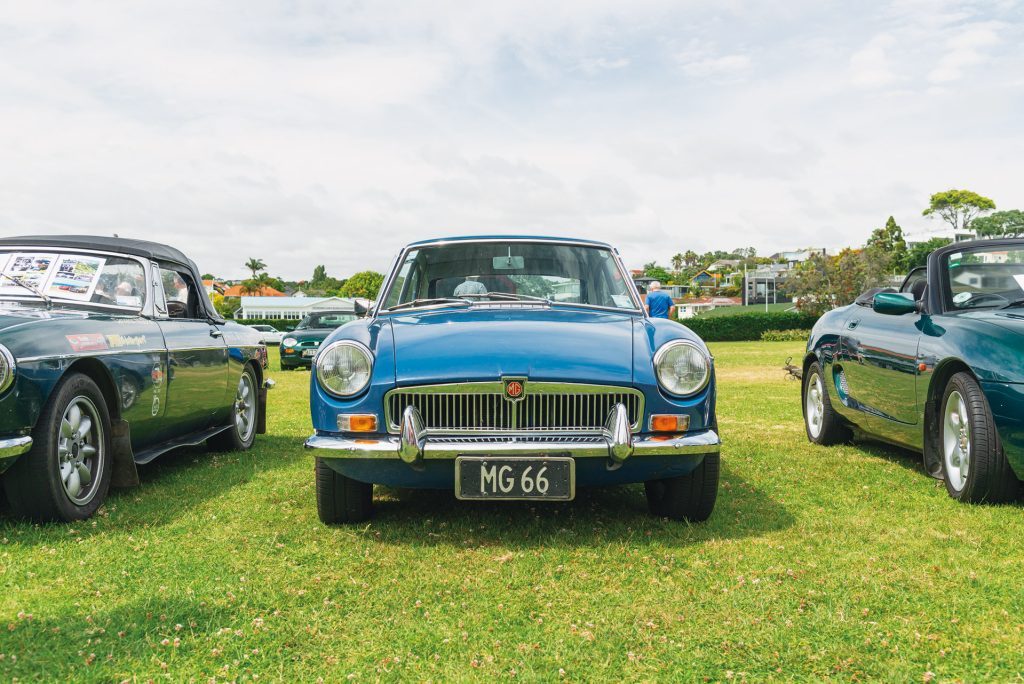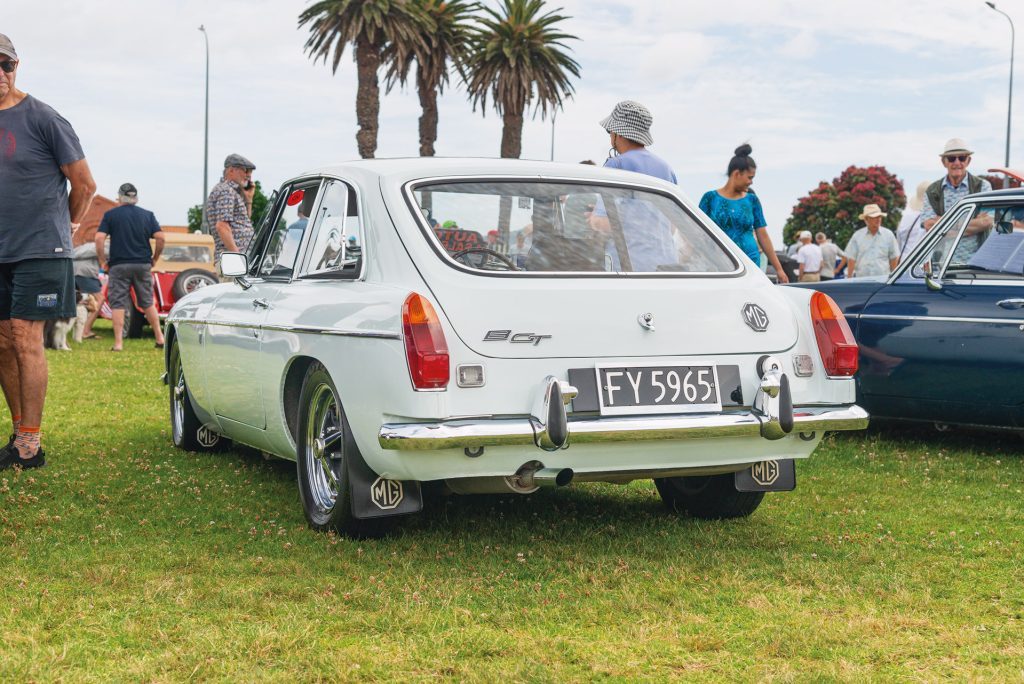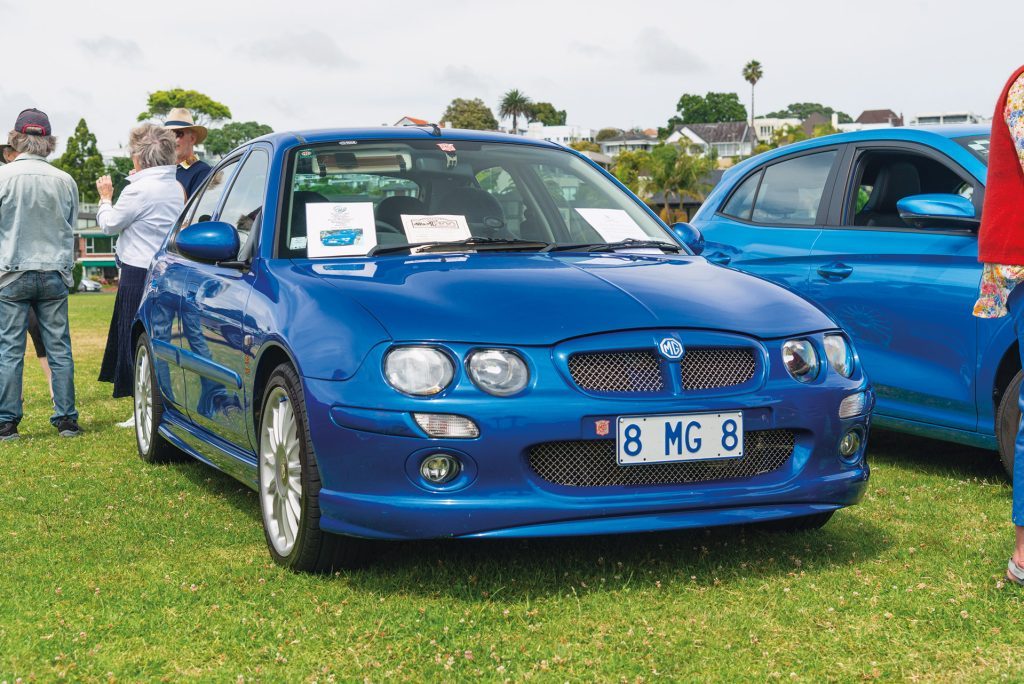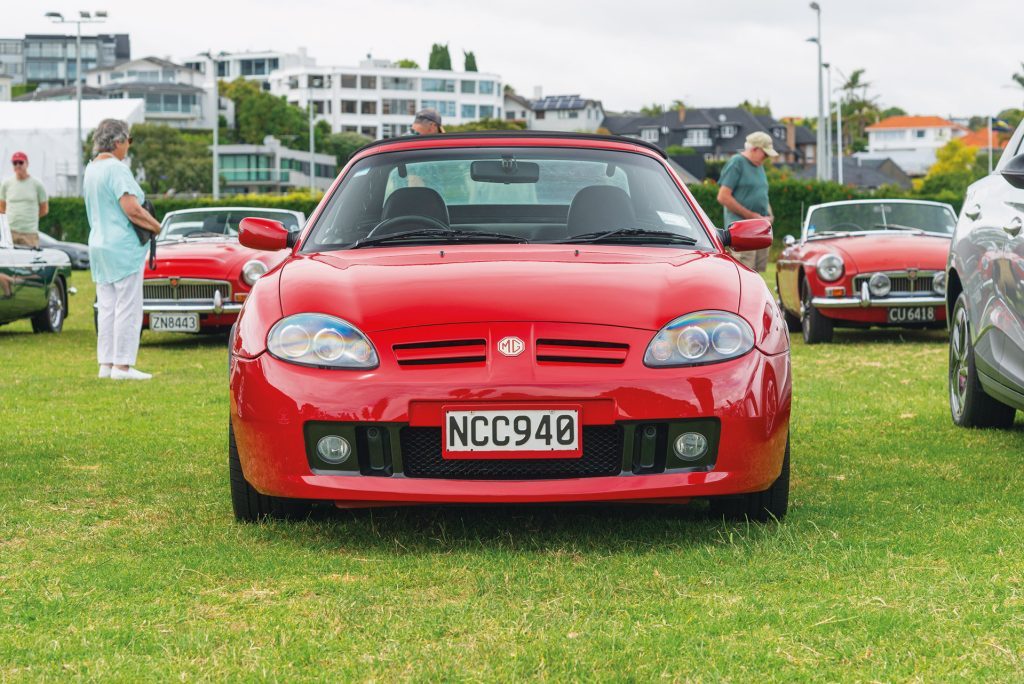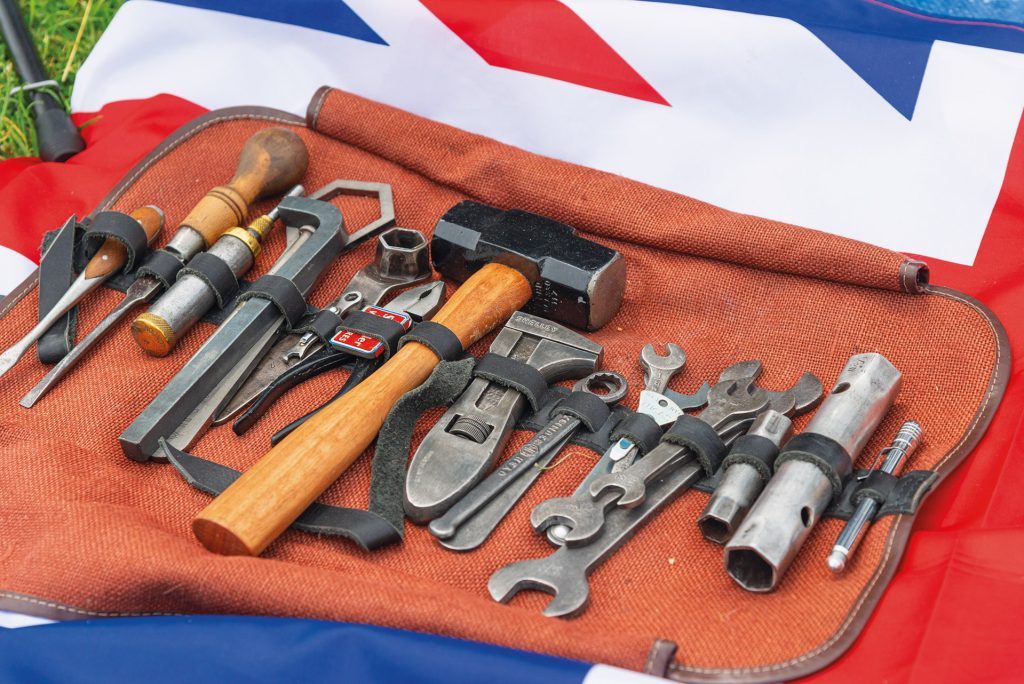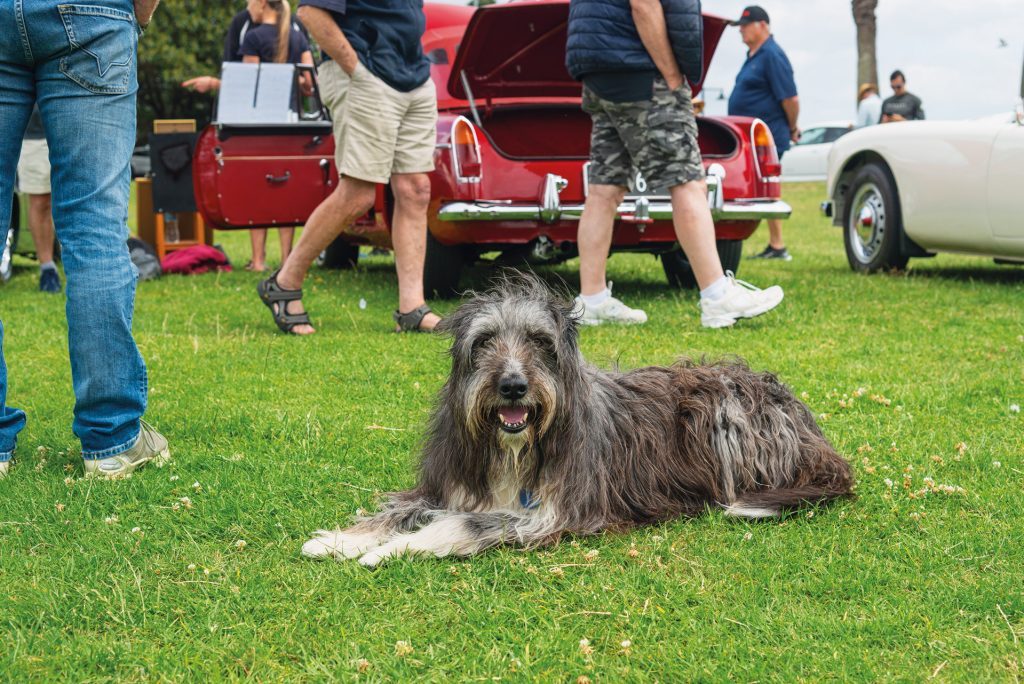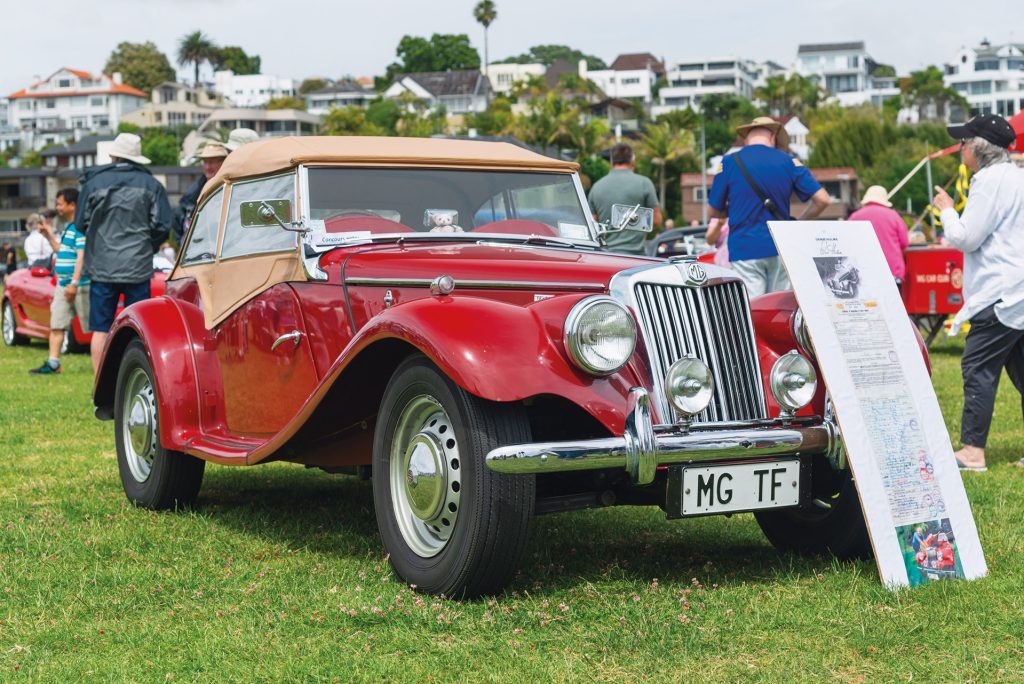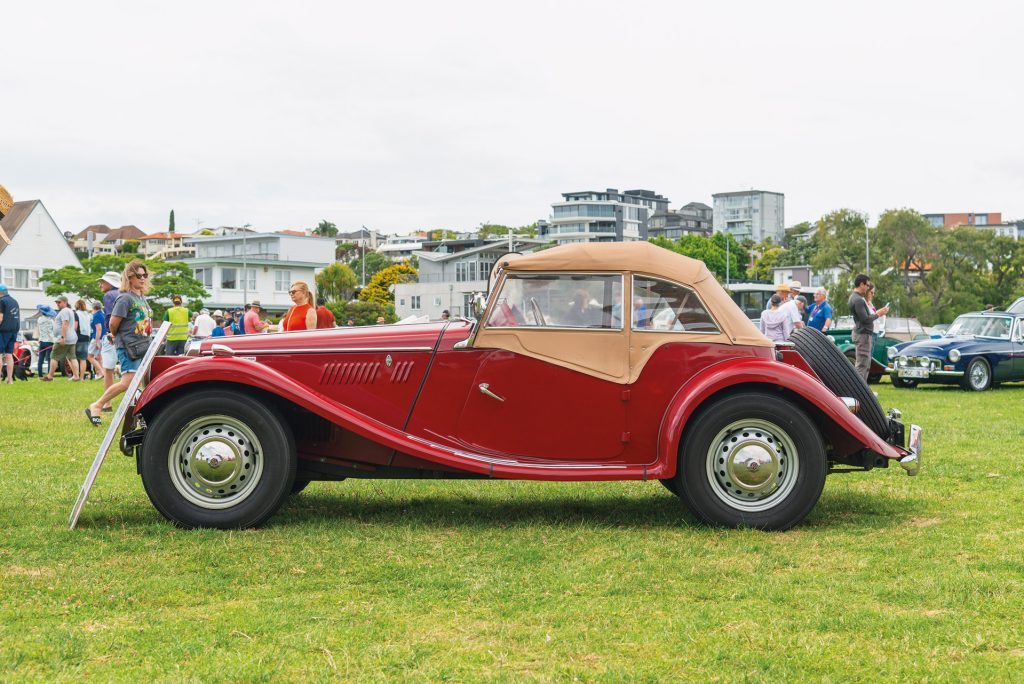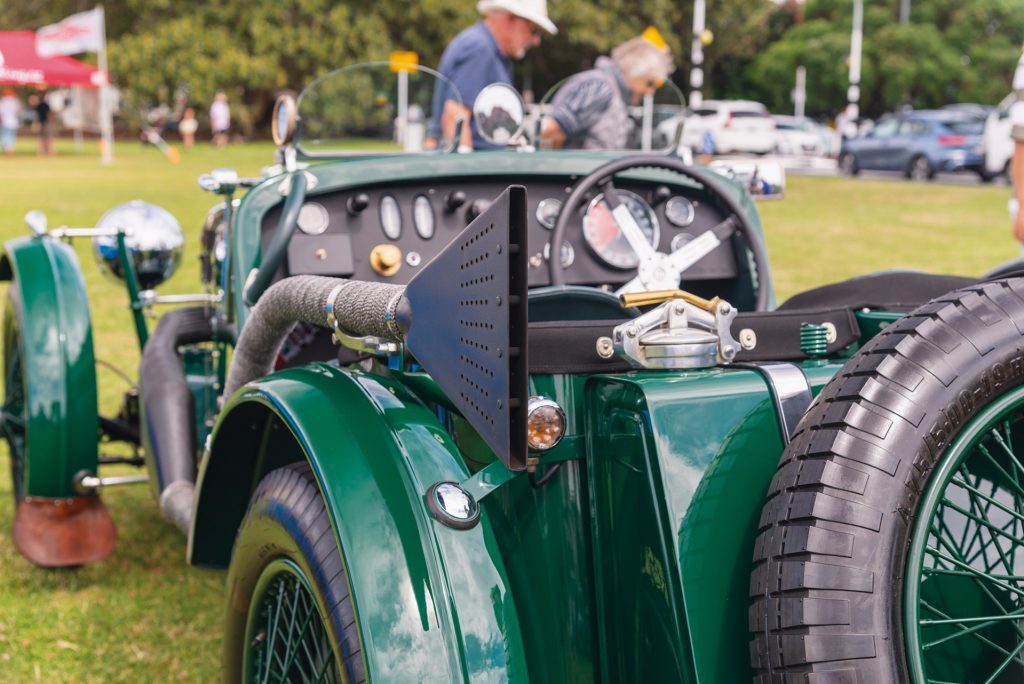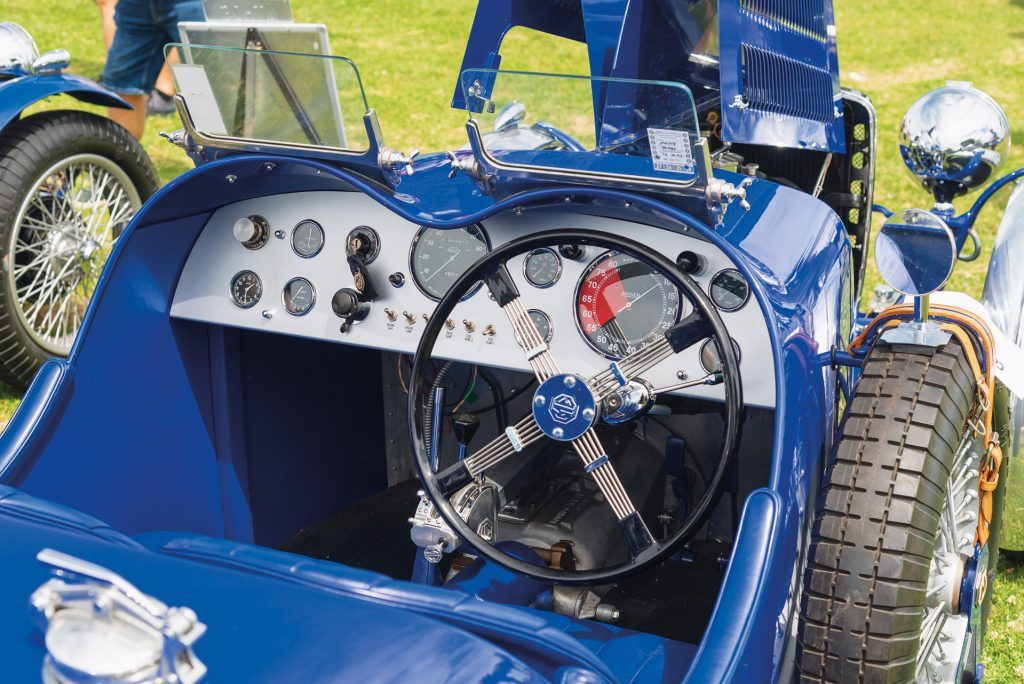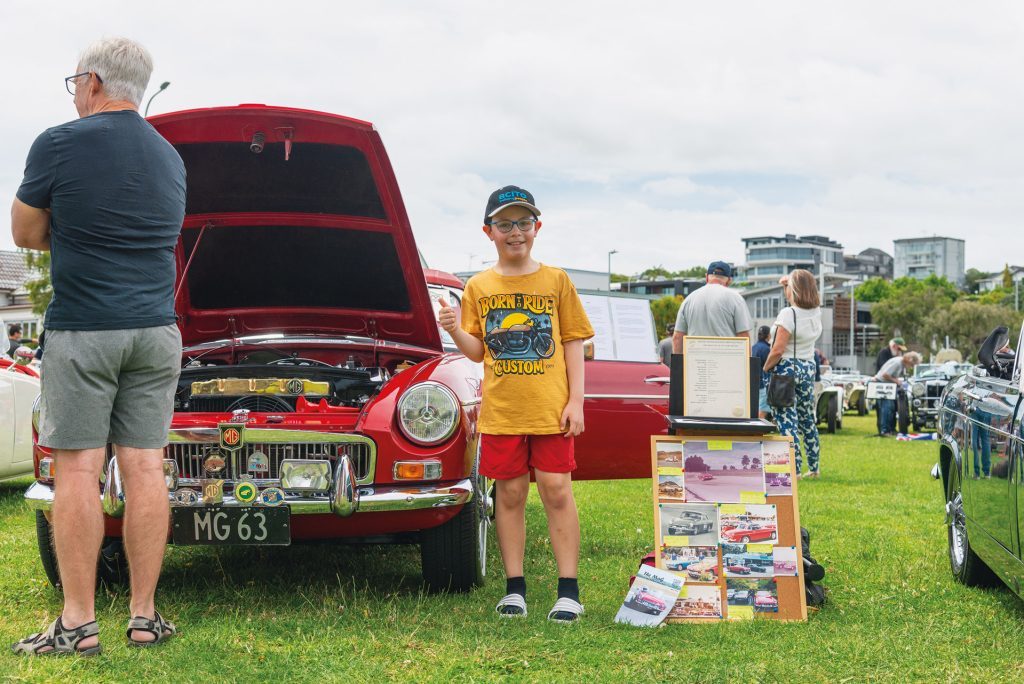MG100 – The Centenary of MG
Words: Alex Schultz | Photos: Alex Schultz
The MG brand began in 1924 as a dealer of Morris cars in Oxford. This is where Cecil Kimber, the sales manager, started producing special versions for customers. In 1935, William Morris sold MG to Morris Motors and it later became part of The British Motor Corporation. Come 1952, and another merger of Morris Motors Limited and The Austin Motor Company Limited occurred. This was considered a golden age for MG, producing badge-engineered versions of other cars, as well as their own small sports cars. Noteworthy models include the MGA, MG Midget and the Magnette.
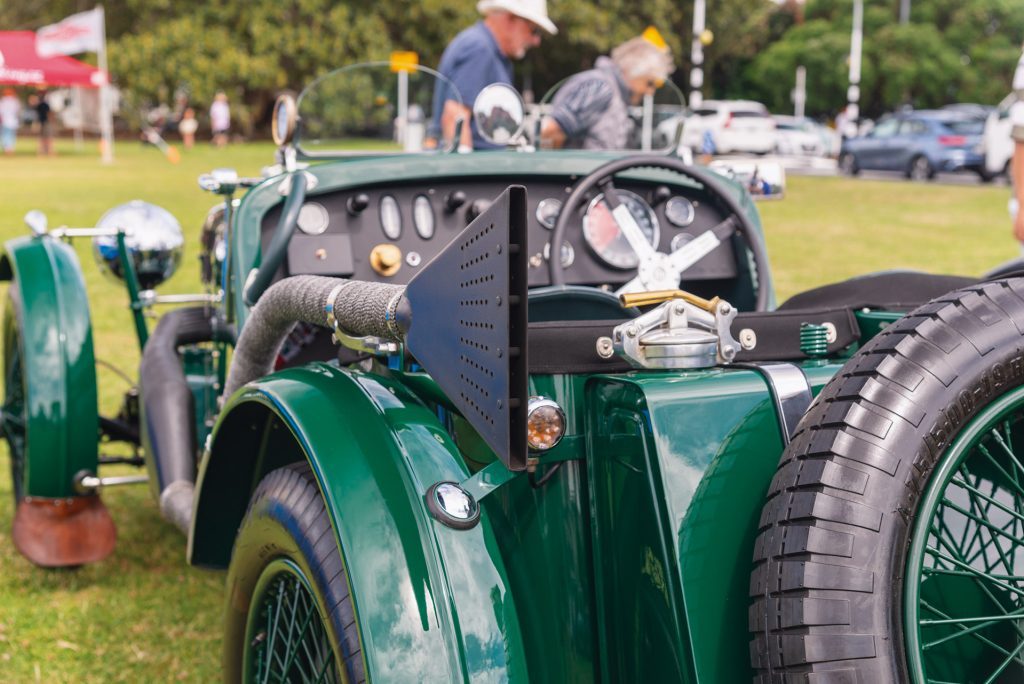
In 1962, the MGB went on sale. It was considered a radical departure from the body-on-frame construction used in previous MGs.
During the 70s, the only new MG model introduced was the V8 version of the MGB. While MG remained profitable, (BMC had become British Leyland by then) losses accrued by Austin-Morris starved MG of resources to develop its line-up, which was becoming dated. The Abingdon factory closed in 1980.
Between 1982 and 1991 MG badge-engineered sportier versions of the Austin Rover Metro, Maestro, and Montego. In 1992 MG introduced the MG RV8, inspired by the success Mazda was having with the MX-5. This was an updated MGB with a Rover V8 engine. While the RV8 was not the sales success MG had hoped for, the 1995 mid-engined MG-F proved to be more of a hit. It was the first all-new MG since the 1962 MGB.
In 1986, British Leyland became Rover Group, ownership of MG then passed to British Aerospace, and then again to BMW in 1994. BMW sold MG in 2000 and the brand became MG Rover Group. It pumped out more badge-engineered cars like the MG ZS, ZT, ZR, and the Peter Stevens-designed XPower SV. Eventually, the group went into receivership in 2005.
A few months later, Chinese manufacturer Nanjing Automobile Group purchased the rights to MG and other MG Rover Group assets, and more mergers and acquisitions occurred. Then, in 2009, MG became MG Motor UK Limited controlled by SAIC.
MG’s first all-new model in 16 years came to light in 2011, the MG6. This was followed by a slew of hatchbacks, sedans, crossovers and SUVs. And then in 2023, MG returned to sportscars with the Cyberster.
Over 740 car manufacturers have originated in the United Kingdom, 205 of which are still in business, though only 11 of those are considered to be major manufacturers. One of those is MG Motor and, like a cat on its ninth life, MG has endured for 100 years, almost continuously. With so many mergers and sales, it’s a testament to the brand and its loyal customers that it has survived. Many moan and grumble at badge-engineered cars but it’s become an essential practice for modern car companies to stay viable.
The MG car club of NZ recently put on a large display to mark the centenary. At the forefront was the ‘evolution line-up’ which included a 1933 MG Special, 1932 MG K, 1950 Midget TD, 1959 MGA, 1963 MG Tourer, 1969 MG Midget, 2003 MG TF and the MG Cyberster. There was also space reserved for club members who have been involved with MG for over 50 years. And some have owned their vehicles for that entire time. Two additional rows ensured an impressive turnout with cars from all decades in attendance.
Also on display was Denny Hulme’s 1955 MG TF. During his ownership, he performed some modifications to the body and wheels before selling it. Some years later, the car was acquired by a club member who contacted Denny. Hulme then authenticated the car and purchased it back. He set about restoring the white car back to its original red colour while Rod Brayshaw finished the restoration in the early 80s. A small teddy bear sat on the dash referencing the F1 world champion’s nickname.
The MG Car Club of New Zealand was formed in 1952 with the Auckland Centre following in 1958. This also covers the regions of the Far North and down to Taupo with approximately 500 members, a number that continues to grow.
The club participates in a range of activities like social meets, fun runs, weekend drives and track days. Motorsport is a key part of MG heritage and while the grids may be smaller than in past years, the club continues to support events.
MG owners are traditionalists, often shocked when a new model appears. A member remarked that after club members attended the launch of the MG-F in the late 90s, many were in agreement that the car was too modern to be considered a real MG. He also remarked that a similar thing was said about the MGA and MGB when they were unveiled. Heaven only knows what they make of the Cyberster.


